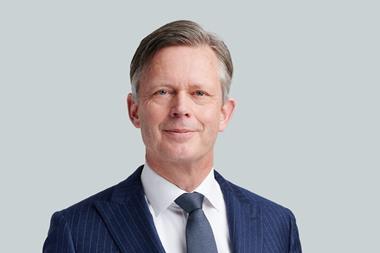The private equity allocation of Pensioenfonds Metaal & Techniek (PMT) has risen to 11% of assets, double the fund’s target allocation, because of large losses on its listed investments. PMT therefore plans to offload a large stake in its private equity investments.
PMT reported a 3% return on private equity in 2022, compared to a 13% decline on developed market-listed equities. Contrary to developments in public markets, private equity investors have so far been largely reluctant to adjust their valuations to the higher interest rate environment.
According to a spokesperson for the fund, PMT’s private equity investments are now worth some €8bn. PMT wants to halve that allocation to €4bn to bring its private equity exposure back in line with its strategic asset allocation by selling some investments on the secondary market.
PMT is not the only Dutch pension fund that is struggling with a higher-than-desired allocation to private equity. The pension fund for Dutch Shell workers, for example, sold €700m worth of private equity investments last year as part of a process to reduce its private equity exposure.
PMT announced in its annual report that it has now put in place a “reduction plan” for its private equity investments. The fund has, however, so far failed to sell any of its stakes in private equity funds.
“Worrisome” cost rise
Its excessive exposure to private equity is not the only headache for PMT’s board. The €71bn pension scheme is also coping with fast-rising costs: an 8% cost rise in 2021 was followed by another 20% jump in 2022 to €97 per member.
“As PMT’s board, we find the cost development in pension administration worrisome,” the fund’s board concluded. The fund’s supervisory board is also concerned, saying “a possible development towards a cost level of more than €100 per member is worrisome from the perspective of the members”.
PMT mentioned two main reasons for the cost rise. First, the fund has to shoulder a larger part of the costs of its pension provider MN, as fellow metals industry scheme PME left MN for competitor TKP as of 2022.
Secondly, PMT invested to the tune of €18 per member in a new administration system to prepare for the new defined contribution (DC) pension system.
PMT expects further preparations for the switch to DC to lead to another cost rise this year. From 2024 costs are supposed to gradually come back down again to the level of 2021. PMT said it has made an agreement about this with MN, which is currently in the process of implementing a cost-cutting programme.
Interest rate hedge
Finally, PMT’s accountability body, an organisation made up of members, criticised the pension fund’s decision to increase its interest rate hedge from 52% to 60% in 2021.
The timing of the decision has proved unfortunate, as interest rates started to rise just after it was taken.
PMT acknowledged in its annual report that its decision to increase its interest rate hedge “is limiting asset growth of the pension fund.” PMT lost some €16bn on its derivatives position in 2022, most of which was due to losses on its interest rate hedge.
Read the digital edition of IPE’s latest magazine































No comments yet